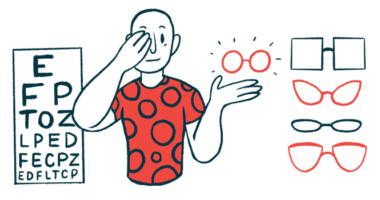
Types of Batten Disease
Congenital Batten Disease
Congenital Batten disease, sometimes referred to as CLN10 disease, is an extremely rare type of Batten disease where symptoms develop from birth. Infants born with this disease generally have unusually small heads (microcephaly), accompanied by abnormal brain development. They often have seizures, difficulty breathing, and die soon after birth.
Infantile Batten Disease
Infantile Batten disease is a severe subtype of the disorder and may also be referred to as CLN1 disease, Santavuori-Haltia disease, or infantile neuronal ceroid lipofuscinoses. The symptoms of infantile Batten disease usually appear very early in life, between 2 and 24 months old, and they progress rapidly. Early signs of infantile Batten disease include a failure to reach normal intellectual and motor development milestones.
Late Infantile Batten Disease
Late infantile Batten disease is a serious inherited disease that occurs in children, typically between ages 2 to 4. It is characterized by seizures, loss of motor skills and cognitive ability, and a shorter life expectancy. This type may sometimes be referred to as Jansky-Bielschowsky disease, or CLN2 disease.
Juvenile Batten Disease
Juvenile Batten disease is the most common of the five types of Batten disease and is sometimes referred to as CLN3 disease or Spielmeyer-Vogt-Sjogren-Batten disease. One of the early signs of this form is impaired vision, usually occurring between the ages of 5 and 8. Vision changes rapidly and might be completely lost by late childhood or adolescence.
Adult Batten Disease
Adult Batten disease is a very rare subtype of the disorder, with symptoms usually appearing when patients reach their 30s, but onset can range from adolescence to over age 50. This form of the disease is sometimes called Kufs disease. It tends to run a milder course than the more common childhood forms. Vision is usually preserved, and life expectancy is not shortened.




